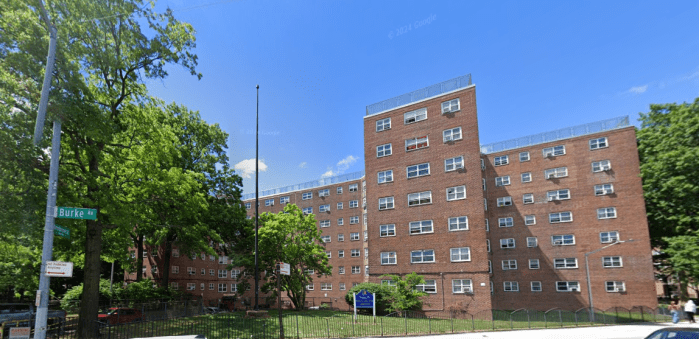
BY STEPHANIE BUHMANN | This elegant exhibition focuses on the art and cultural impact of Kashmir, where exceptional Buddhist sculptures, paintings and manuscripts have been created since the 5th–6th centuries.
Kashmir, which extends between present-day Pakistan, India and China, had significant cultural impact, especially in the Western Himalayas and West Tibet.
In fact, it was the many Western Himalayan pilgrims to Kashmir who furthered cultural exchange, by collecting art there and bringing it to the new monasteries that were being built at home.
In addition, these pilgrims invited Kashmiri teachers and artists to work together, in order to create a new Buddhist culture.
Over time, the Buddhist art of Kashmir became deeply imbedded in the cultural identity of Western Himalayan Buddhists.

Courtesy RMA.
“Collecting Paradise: Buddhist Art of Kashmir and Its Legacies” succeeds in tracing the continuity of the art of Kashmir in the Western Himalayas for over a millennium.
It begins with the delicately carved ivory and metal sculptures from Kashmir that were brought to the Western Himalayas in the 7th–12th centuries and it continues with the presentation of sculptures and paintings created by Kashmiri and local artists in the Western Himalayas in the 11th–14th centuries.
The survey concludes with examples from the 15th–17th centuries, when Kashmiri aesthetics were revitalized during an economic and religious revival in West Tibet.
Besides showcasing many stunning artifacts, the exhibition pays homage to Western Himalayan Buddhists, who played an important role in collecting and preserving the art of Kashmir.

Through Oct. 19 at the Rubin Museum of Art (150 W. 17th St. btw. Sixth & Seventh Aves.).
Museum Hours: Mon. & Thurs., 11 a.m.–5 p.m. Wed., 11 a.m.–9 p.m. Fri., 11 a.m.–10 p.m. (free admission to galleries after 6 p.m.). Sat. & Sun., 11 a.m.–6 p.m.
$15 general admission ($10 for students/seniors; free admission for seniors on the first Monday of the month; free for kids 12 and younger, and RMA members).
Call 212-620-5000 or visit rubinmuseum.org.



































